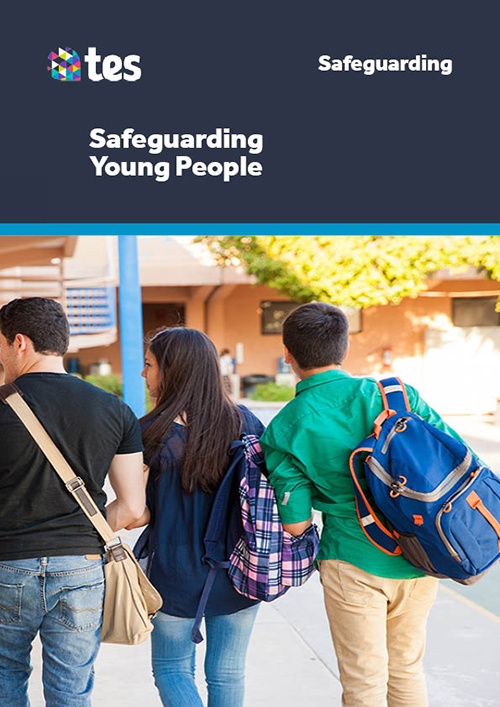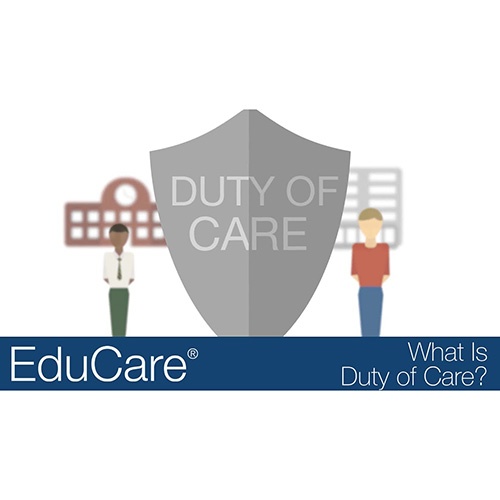
How to create a culture of safety
We see the words ‘creating a culture of safety’ so often that sometimes the phrase can lack meaning or mean nothing more than a box-ticking exercise that ensures the required policies are in place. Creating a culture of safety means embedding safeguarding into everything an organisation does.
Embedding a culture of safety starts at the very top of the organisation with the senior managers pledging absolute commitment and support, including ensuring the resources are available to make it happen. This commitment cascades through to the staff who know that abuse can and does happen and are prepared to take action if the need arises.
When safeguarding is built-in to all functions and regularly evaluated for effectiveness, both staff and young people fully understand the arrangements that are in place to protect them and feel uninhibited about using them should the need arise. In promoting this culture young people will understand they will be listened to, supported and known action will be taken on their behalf.
Key components
The key components of an organisation that operates within a culture of safety are :(some of these are legal requirements):
- Safeguarding policy and procedures that are understood by staff and young people and abided by at all times. The policy will detail the procedures for dealing with concerns about abuse (including radicalisation and the Prevent duty), disclosures and allegations.
- A designated safeguarding lead, plus a deputy and contact numbers for out of hours to ensure there is always a safeguarding lead available. All names and contact details should be listed within the safeguarding policy.
- Appropriate safeguarding training which is regularly updated at least annually.
- A whistle-blowing policy (also, often part of the safeguarding policy).
- An equality and diversity policy which prohibits discrimination, harassment, bullying and homophobia. It will also detail arrangements that ensure immediate action is taken should the need arise.
- An anti-bullying policy which includes cyberbullying with clear procedures as above.
An acceptable use of technology policy.- A temporary visitor policy.
- A safer recruitment policy that embeds safeguarding into all areas of the recruitment process.
- A code of conduct or behaviour policy for all staff and learners.
Compliance
Of course, the existence of designated safeguarding staff and having policies and procedures in place does not, in itself, make for a safer organisation and so managers must ensure that awareness remains high and compliance is achieved at all times.
This can be achieved by:
- Implementing safeguarding training for all staff that is updated and refreshed every year, plus training specifically on the organisation’s own safeguarding policy and procedures. This will ensure that staff not only have an overall awareness, but understand how to take action within their own organisation.
- Making safeguarding an agenda item on every staff meeting so that staff have a vehicle to raise any concerns.
- Including an article in every staff newsletter.
- Having an area devoted to safeguarding on the intranet.
- Regular supervision and monitoring of staff to ensure they are clear about their roles, responsibilities and boundaries.
- An open door approach where staff feel they can raise concerns about a young person or a colleague’s behaviour.
- Staff who understand the importance of listening to learners (this should be part of the recruitment process and induction training).
- Safeguarding posters throughout the building that are visible to all.
What can you do?
As an individual, there is a great deal you can do to safeguard young people and support their wellbeing.
One of the most important things is to be to someone that a young person can turn to and this means conveying that you are open and fully prepared to listen, however inconvenient this might be.
You can also ensure that you are up-to-date with all your safeguarding training, understand your own organisation’s procedures and are prepared to follow them immediately if you have concerns or receive a disclosure.
Awareness is often high when someone has just completed safeguarding training, but it is important that you maintain ongoing vigilance. You should be aware of young people’s needs and behaviours, as well as being aware of your own behaviour and that of your colleagues. If someone makes an allegation about you, ensure you report it to your designated safeguarding lead without delay.
Safe working practice
- Develop your own personal code of conduct that you abide by at all times.
- Do not engage in personal email, text or telephone conversations with young people.
- Do not accept personal or ‘friends’ requests on social networking sites.
- Do not accept gifts unless they are small tokens of appreciation.
- Do not offer lifts to young people outside the agreements of your position.
- Follow your organisation’s policy and procedures in regard to physical intervention or contact.
- There should be no unauthorised photography or filming of young people.
- You should report to your safeguarding lead if a young person has become infatuated with you.
- You should report to a senior member of staff if a young person or parent has become dependent on you.
- You should be open and honest at all times when dealing with young people, so nothing can be misinterpreted.
In short, ensure you have the knowledge that will enable you to safeguard others, be open, accessible and prepared to listen and take action, and maintain an ongoing vigilance because abuse can and does happen, even in your organisation.
Further reading
This information was taken from our Safeguarding Young People training course.
The course delivers four CPD hours and comprehensively covers:
- Who may be vulnerable.
- How to recognise the signs and indicators of abuse.
- What to do if a young person confides abuse to you.
- Recording and reporting procedures.
- Good practice guidelines
The course costs £28.50 to buy online or is included within our online learning service® for schools and colleges.
Get in touch to find out more
Related content:
Safeguarding Young People
Safeguarding Young People, endorsed by established youth organisations, provides the key information needed to help raise your awareness of young people who may be vulnerable because of their age, relative inexperience, past abusive experiences or current circumstances.
Read moreSafeguarding Young People
This four module course delivers four CPD hours and comprehensively covers:
- Identify who may be vulnerable.
- Recognise the signs and indicators of abuse.
- Understand what to do if a young person confides abuse to you.
- Learn about recording and reporting procedures.
- Recognise good practice guidelines.
Video: What is Duty of Care?
Duty of Care is what EduCare's all about. But what is it exactly? Duty of Care means different things to different people, but here's our definition of what it means literally, and what it means for your organisation.
Read moreChild Protection: Good Practice Checklist
Your organisation should develop safe ways of working where safeguarding and promoting children’s welfare is embedded into all you do.
Read moreSafeguarding Training: The Top 5 Benefits
This infographic explains the top 5 benefits of safeguarding training.
Read more



